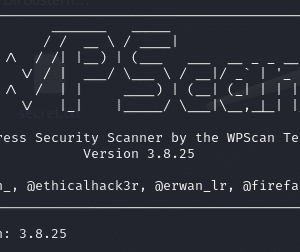
WPScan is a powerful, free, and open-source tool designed specifically for scanning WordPress websites for security vulnerabilities. It is one of the most widely used tools by ethical hackers and penetration testers to assess the security posture of WordPress installations.... Read more

In today’s digital age, securing web applications has become a critical priority for organizations worldwide. Cyber threats are constantly evolving, and attackers are always looking for vulnerabilities to exploit. That’s why conducting regular vulnerability assessments of web applications is essential... Read more

Web application security is more important than ever, with data breaches and cyberattacks becoming increasingly common. The OWASP Top 10 is a globally recognized list of the most critical security risks facing modern web applications. Published by the Open Web... Read more

Information gathering is the first and one of the most crucial steps in ethical hacking and cybersecurity assessments. Before launching any penetration test or vulnerability scan, cybersecurity professionals must collect as much data as possible about the target website. This... Read more

Session fixation vulnerabilities are one of the most critical security issues in web applications. They allow an attacker to take control of a user’s active session, potentially leading to unauthorized access to sensitive information, account hijacking, and other malicious activities.... Read more

Brute force attacks are one of the most basic yet effective ways of testing web application vulnerabilities. In this tutorial, we will demonstrate how to perform a brute force attack on a vulnerable web application using Burp Suite. Specifically, we... Read more

File upload functionality in web applications is a critical feature but can pose significant security risks if not properly implemented. One common vulnerability found in web applications is the file upload vulnerability, which attackers can exploit to gain unauthorized access,... Read more


